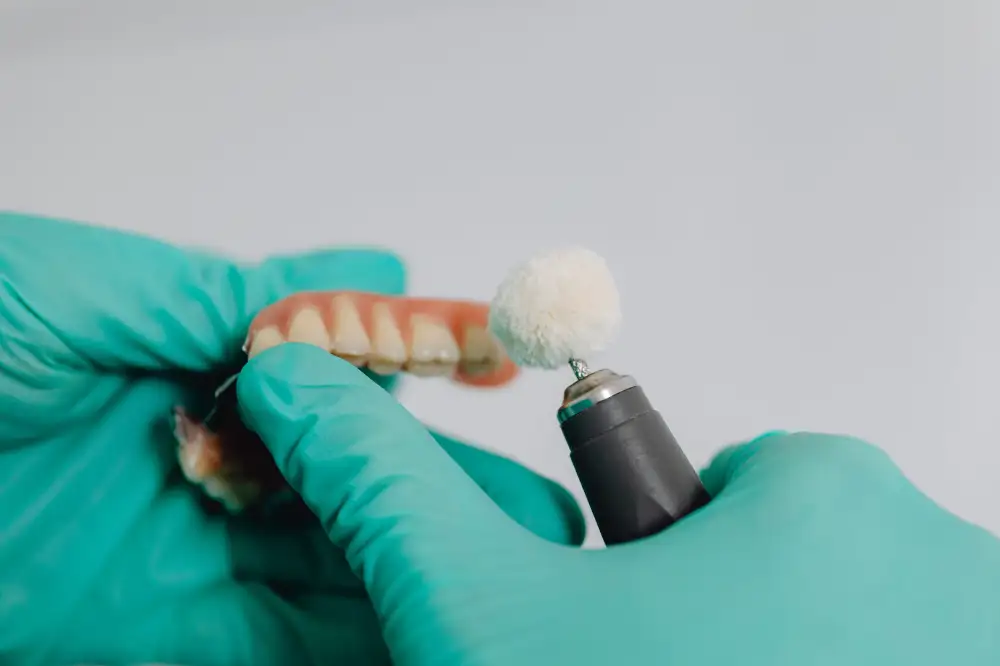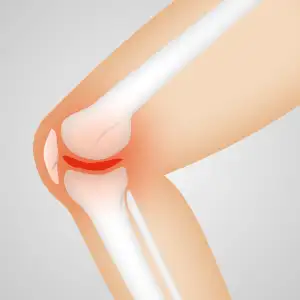Latera Implant Lawsuit: Unveiling the Legal Battle Surrounding Nasal Implants

The Latera implant lawsuit has garnered significant attention in recent months, as individuals who have undergone nasal implant procedures using the Latera device have come forward with allegations of serious health complications. This legal battle revolves around the safety and efficacy of the Latera nasal implants, raising concerns among patients and healthcare providers alike. As the lawsuit unfolds, it is crucial to delve into the details surrounding these claims and understand the potential implications for those affected.
Understanding Latera Nasal Implants
Latera nasal implants are a medical device designed to treat nasal valve collapse, a common condition that causes difficulty in breathing through the nose. The implants are made of a bioabsorbable material and are inserted into the lateral wall of the nose during a minimally invasive procedure.
These implants work by providing support to the nasal valve area, which helps to improve airflow and alleviate symptoms such as congestion and snoring. The procedure is typically performed on an outpatient basis and has gained popularity as an alternative to more invasive surgical interventions.
Latera implants have been marketed as a safe and effective solution for nasal valve collapse, offering patients a non-surgical option with minimal downtime. However, recent lawsuits have raised concerns about the safety and efficacy of these implants, leading to increased scrutiny from both patients and healthcare professionals.
Allegations and Claims in the Lawsuit
The Latera implant lawsuit revolves around allegations made by patients who have experienced adverse effects after receiving nasal implants. These individuals claim that the implants, manufactured by Spirox Inc., have caused severe complications and failed to deliver the promised results.
One of the main claims in the lawsuit is that the Latera implants are defective and prone to migration within the nasal tissue. Patients argue that this migration can lead to chronic pain, discomfort, and difficulty breathing. Some individuals have even reported instances of implant extrusion, where the device protrudes from the nose or becomes visible under the skin.
Furthermore, plaintiffs assert that Spirox Inc. failed to adequately warn them about potential risks associated with the Latera implants. They argue that they were not properly informed about possible side effects such as infection, inflammation, or damage to surrounding tissues.
These allegations highlight concerns regarding patient safety and raise questions about whether adequate testing and research were conducted before these devices were approved for use. As the legal battle unfolds, it remains to be seen how these claims will be addressed and if they will hold up in court.
Potential Health Risks Associated with Latera Implants
While Latera nasal implants have been marketed as a safe and effective solution for nasal airway obstruction, there are potential health risks that have emerged in the lawsuit. Some patients have reported experiencing complications such as infection, implant displacement, and extrusion.
Infection is a serious concern as it can lead to further complications and may require surgical intervention to remove the implant. Implant displacement occurs when the device moves from its intended position, potentially causing discomfort and reducing its effectiveness. Extrusion refers to the implant protruding through the skin, which can be painful and may necessitate additional surgeries.
These health risks highlight the importance of carefully considering the potential consequences before undergoing any medical procedure. It is crucial for patients to be fully informed about both the benefits and risks associated with Latera implants in order to make an educated decision about their treatment options.
Legal Proceedings and Class Action Status
The legal battle surrounding Latera nasal implants has gained significant attention in recent months. Numerous lawsuits have been filed against the manufacturer, alleging negligence and failure to warn patients of potential risks associated with the implants. These lawsuits have now been consolidated into a class action lawsuit, which allows multiple plaintiffs to join forces and seek compensation collectively.
The class action status of the lawsuit means that individuals who have been affected by Latera implants can come together as a group to pursue legal action against the manufacturer. This approach streamlines the litigation process, as it eliminates the need for each plaintiff to file an individual lawsuit. It also provides strength in numbers, allowing affected individuals to present a united front and increase their chances of success.
To achieve class action status, certain criteria must be met. The court must determine that there are enough plaintiffs with similar claims to warrant a class action lawsuit. Additionally, the claims must share common legal issues and facts. In this case, the allegations against the manufacturer regarding negligence and failure to warn patients meet these requirements.
By consolidating the lawsuits into a class action, affected individuals can benefit from shared resources and legal representation. It also ensures that all plaintiffs receive fair treatment and equal access to justice. However, it is important to note that joining a class action lawsuit means relinquishing some control over individual proceedings.
The class action status of the Latera implant lawsuit is expected to have significant implications for both plaintiffs and defendants. For plaintiffs, it offers an opportunity for compensation for any damages suffered as a result of the implants. For defendants, it presents a larger-scale legal battle that could potentially result in substantial financial consequences.
As the legal proceedings continue, it remains crucial for affected individuals to stay informed about developments in the case and consult with legal professionals regarding their options. The outcome of this lawsuit will undoubtedly shape future regulations surrounding nasal implants and may influence how manufacturers handle product safety concerns moving forward.
In the next section, we will explore the impact of the lawsuit on patients and healthcare providers, shedding light on the broader implications of this legal battle.
Impact on Patients and Healthcare Providers
The Latera implant lawsuit has had a significant impact on both patients and healthcare providers. For patients who have undergone the procedure, there is a sense of uncertainty and concern about the safety and effectiveness of the implants. Many individuals have reported experiencing adverse side effects such as nasal obstruction, pain, infection, and implant displacement.
These complications have not only caused physical discomfort but also emotional distress for patients who were seeking relief from nasal congestion. Furthermore, some patients have had to undergo revision surgeries to remove or replace the implants, leading to additional medical expenses and prolonged recovery periods.
Healthcare providers are also affected by this lawsuit as it raises questions about their decision-making process when recommending Latera implants to their patients. The allegations and claims made in the lawsuit may lead to a loss of trust between healthcare providers and their patients. Additionally, healthcare providers may face legal repercussions if found negligent in their use of these implants.
The impact on healthcare providers extends beyond potential legal consequences. They may also experience financial implications due to decreased patient demand for the procedure and potential lawsuits filed against them. This can result in a decline in revenue for clinics or hospitals that offer Latera implant procedures.
Overall, the Latera implant lawsuit has created significant challenges for both patients and healthcare providers. It has highlighted the importance of thorough research, informed consent, and ongoing monitoring of medical devices before recommending them to patients. As the legal battle unfolds, it remains crucial for both parties to stay informed about developments in order to make well-informed decisions regarding treatment options and patient care.
Steps to Take for Affected Individuals
If you have been implanted with Latera nasal implants and are concerned about potential health risks or have experienced adverse effects, there are several steps you can take:
1. Consult with your healthcare provider: Schedule an appointment with your healthcare provider to discuss any symptoms or concerns you may have related to the Latera implant. They can evaluate your condition and provide guidance on the next steps.
2. Gather medical records: Collect all relevant medical records, including documentation of the implant procedure, post-operative care, and any subsequent visits related to complications or side effects. These records will be essential in supporting your case.
3. Document symptoms and experiences: Keep a detailed record of any symptoms or adverse effects you experience after receiving the Latera implant. This includes pain, discomfort, difficulty breathing, infections, or any other issues that arise. Note the date, severity, and duration of each symptom.
4. Seek legal advice: Contact a qualified attorney who specializes in medical device lawsuits to assess your situation and determine if you have grounds for a legal claim against the manufacturer of the Latera implant. They can guide you through the legal process and help protect your rights.
5. Join support groups: Connect with other individuals who have been affected by Latera implants through online support groups or forums. Sharing experiences and information can provide valuable insights into navigating this challenging situation.
6. Stay informed: Stay updated on developments regarding the lawsuit by following reputable news sources and official statements from regulatory bodies such as the FDA. This will ensure that you have access to accurate information as it becomes available.
Remember that taking these steps does not guarantee a specific outcome but is aimed at protecting your interests and ensuring appropriate action is taken in response to any harm caused by the Latera nasal implants.
The Latera implant lawsuit has shed light on the potential health risks associated with nasal implants. The allegations and claims made by patients have raised concerns about the safety and effectiveness of these devices. As legal proceedings continue, it is crucial to closely monitor the outcomes of this case.
If the lawsuit progresses into a class action status, it could potentially involve a large number of affected individuals seeking compensation for their alleged injuries. This could have significant financial implications for both patients and healthcare providers involved in the distribution and use of Latera implants.
Moving forward, it is important for affected individuals to take steps to protect their rights and seek appropriate medical attention if they experience any adverse effects from the implants. Consulting with legal professionals who specialize in medical device litigation can help navigate through this complex legal battle.
The outcome of this lawsuit will undoubtedly impact future regulations surrounding nasal implants and other medical devices. It may prompt stricter guidelines for testing, approval, and monitoring processes to ensure patient safety. Healthcare providers may also reconsider their use of nasal implants or adopt additional precautions when recommending them to patients.
In conclusion, the Latera implant lawsuit has brought attention to potential health risks associated with nasal implants. It serves as a reminder that thorough research, proper regulation, and patient safety should always be prioritized in the development and use of medical devices. The outcome of this legal battle will shape future implications for both patients and healthcare providers in the field of nasal implantation.
Published: 27. 02. 2024
Category: Health



